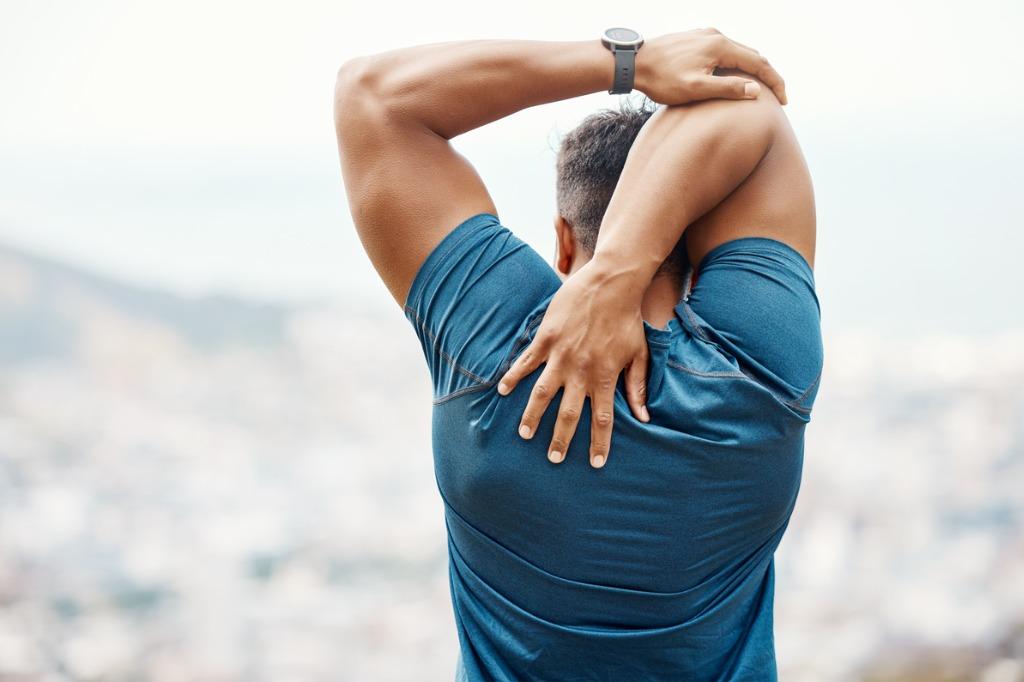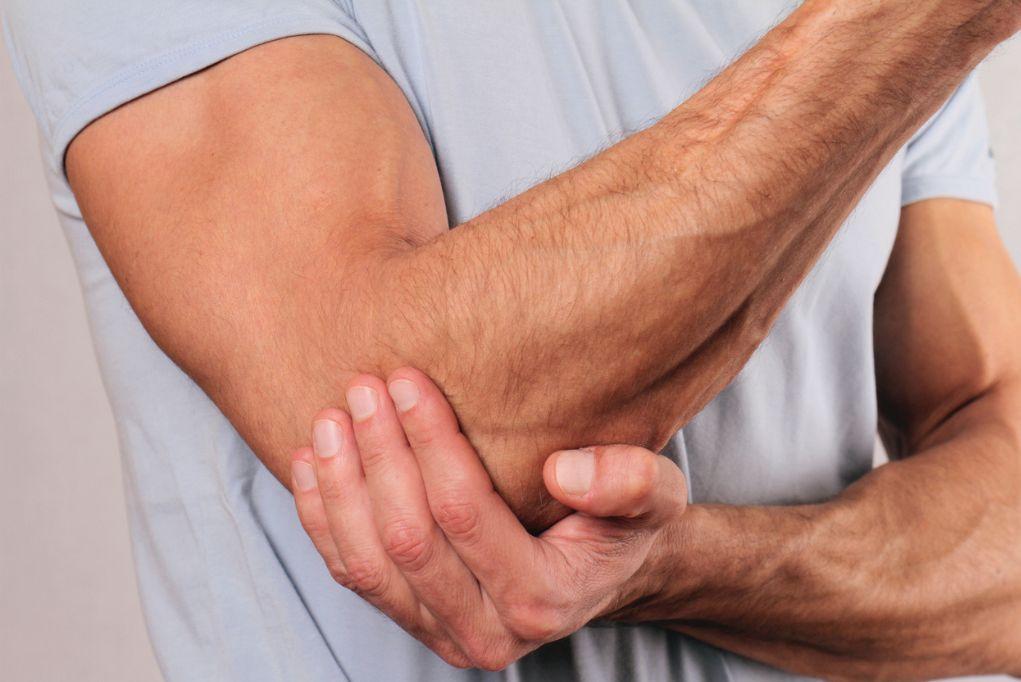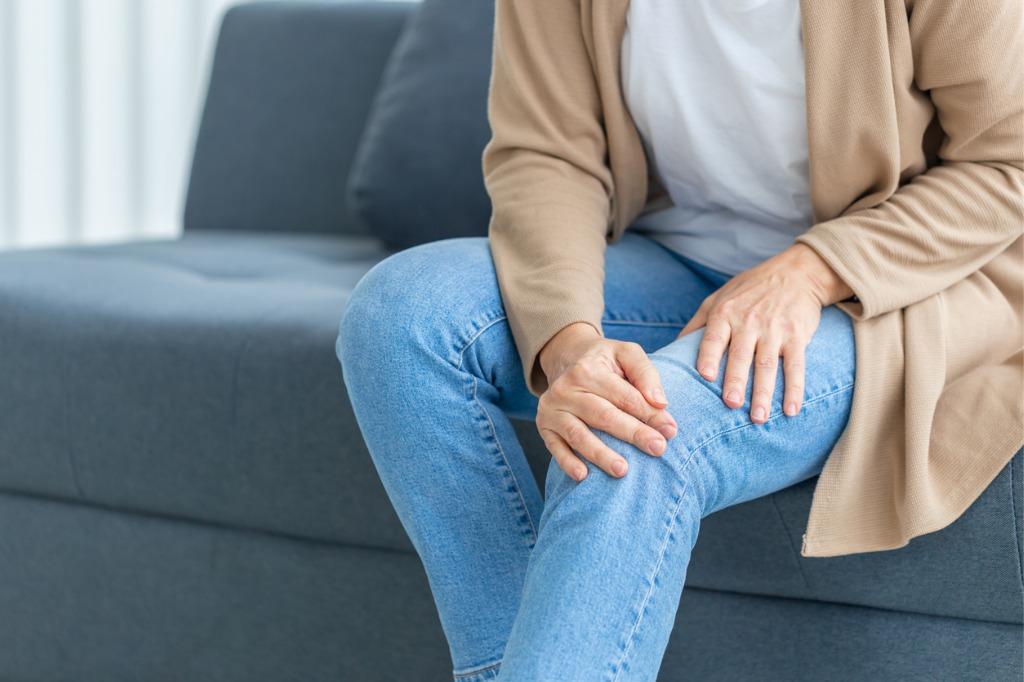AC Joint Separation & Your Path to Recovery

The human shoulder offers a remarkable balance of motion and stability thanks to its complex anatomy. Among the structures that keep it functional is the acromioclavicular joint (AC joint), which connects the clavicle (collarbone) to the scapula (shoulder blade). The AC joint allows for a wide range of motion in our shoulders, such as lifting our arms overhead or reaching behind us. However, injuries to this joint can occur, leading to an often painful condition known as AC joint separation.
What is the AC Joint?
The acromioclavicular (AC) joint is a small joint located at the top of the shoulder, crucial for a multitude of arm movements. It is a connection between the acromion (part of the shoulder blade or scapula) and the clavicle (collarbone), providing essential stability and mobility for tasks that involve lifting or reaching. The AC joint is supported and stabilized by strong ligaments, ensuring seamless and pain-free motion as we go about our daily activities. The joint’s anatomy and role make it vital to shoulder function and overall upper-body mobility.
Anatomy of the AC Joint
Acromion Process: The bony projection off the scapula that forms the highest point of the shoulder.
Clavicle (Collarbone): This bone connects the shoulder blade to the sternum and articulates with the acromion at the AC joint.
Ligaments: The acromioclavicular ligament and coracoclavicular ligaments stabilize the AC joint.
Roles and Responsibilities
Lifting: Aids in lifting motions, especially raising the arm overhead.
Reaching: Allows for forward and backward movement of the arm, facilitating actions like reaching out or pushing.
AC Joint Separation: Causes and Symptoms
When it comes to AC joint separation, the earlier the detection, the smoother the treatment journey. Understanding the root causes can help in prevention, and recognizing the symptoms can aid in seeking timely medical assistance. An orthopedic specialist can help you identify the signs of AC joint separation and determine the underlying cause of your condition.
Causes of AC Joint Separation
Despite its sturdiness, the acromioclavicular (AC) joint can be vulnerable to injuries under various circumstances. One primary cause is direct trauma, especially from falls, which is prevalent among athletes engaged in contact sports like football or rugby. By their nature, these sports expose participants to consistent impacts and potential collisions, increasing the risk of injury.
Another significant cause is high-impact accidents such as car crashes, where the sudden force can overwhelm the joint’s resilience. Additionally, repetitive strains from continuous overhead motions, often seen in sports like volleyball or professions involving heavy lifting, can weaken the AC joint. This gradual weakening makes the joint more prone to separations and other related injuries.
AC Joint Separation Symptoms
The symptoms of an AC joint separation are significant and can drastically impact a person’s ability to perform daily activities comfortably. If you suspect an AC joint injury, it’s important to recognize the common indications that could signal a separation. These symptoms may vary in intensity depending on the severity of the injury. Here are some common symptoms to watch out for:
- Pain: Persistent and severe pain in the shoulder area, intensifying with movement or pressure on the joint
- Swelling: Localized swelling around the joint, often accompanied by bruising
- Limited Movement: Difficulty in lifting the arm or moving it in certain directions
- Visible Deformity: A noticeable bump at the top of the shoulder may indicate a severe joint separation
- Weakness: Reduced strength in the affected arm, especially during overhead lifting or reaching movements
Recovery Path and Treatment Options
AC joint separation, while undoubtedly discomforting, does not mark the end of one’s mobility. There’s a spectrum of treatment options available, tailored to the severity and specifics of each individual’s condition. These treatments can be broadly categorized into non-surgical and surgical interventions.
Non-surgical Interventions
For many, non-surgical treatments can pave the way to recovery:
- Rest and Immobilization: One of the first steps in recovery is ensuring the shoulder gets adequate rest. Using slings can aid in immobilizing the joint, promoting quicker healing.
- Ice and Compression: Ice and compression are essential for managing the initial aftermath of the injury. They help reduce swelling and provide pain relief, making the recovery process more bearable.
- Physical Therapy: Once the initial pain subsides, engaging in physical therapy becomes crucial. Tailored exercises under professional guidance can restore movement and strengthen the shoulder, speeding up the return to normalcy.
Surgical Solutions
In cases of severe AC joint separations, non-surgical methods might not suffice. Surgery then becomes a viable option. The procedure usually focuses on reconstructing the damaged ligaments, ensuring the joint regains its stability. In some instances, there might also be a need to reposition the clavicle, setting the foundation for a holistic recovery. If you’re considering surgery, consult a trusted orthopedic specialist at Motion Orthopaedics, who can guide you through the process and ensure a successful outcome.
Your Road to Recovery Starts With Motion Orthopaedics
At Motion Orthopaedics, we pride ourselves on being at the forefront of musculoskeletal care. With a dedicated team of experts, cutting-edge technology, and personalized recovery plans, we ensure your journey to recovery is smooth and guided. AC joint separation might be daunting, but with us by your side, you’re in the best hands. Ready to embark on your healing journey? Book an appointment today and take the first step towards reclaiming your mobility.




